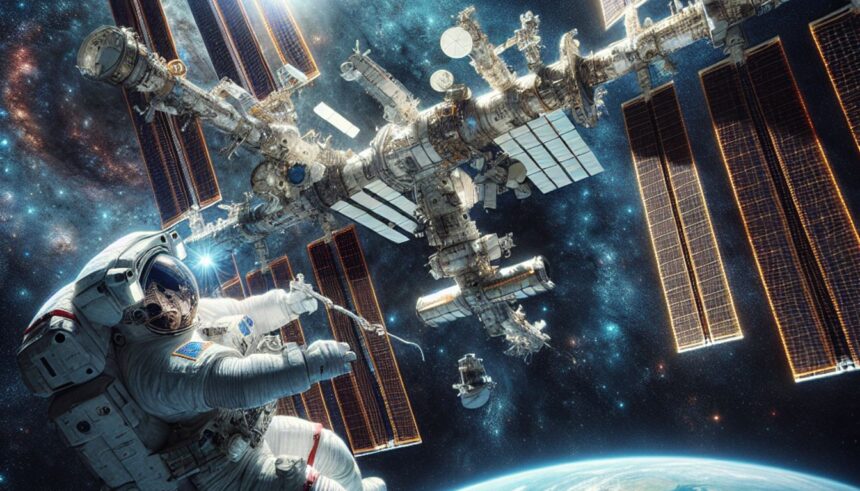When NASA astronaut Tracy Dyson embarked on her journey aboard the Soyuz MS-25, expectations were as high as the orbit her spacecraft aimed for. Partnered with Roscosmos cosmonauts, her mission was poised not just for routine research, but also for unpredicted challenges that offer a deeper glimpse into both human resilience and technological limits in space exploration.
Tracy Dyson’s Experience with Soyuz MS-25
After successfully docking at the International Space Station (ISS), Tracy Dyson, an experienced NASA astronaut, and her crew members from Roscosmos embarked on their designated missions. Landing near the town of Zhezkazgan, Kazakhstan, their return was a testament to international cooperation in space endeavors. The touchdown was not just a physical return to Earth but also a moment of reflection on the orchestration between technology and human ambition.
Challenges Faced During Spacewalks
Theoretical training and simulations are integral to an astronaut’s preparation, but real-life scenarios in space can deviate significantly, as was the case during a scheduled spacewalk. Complications can arise, leading to aborted missions, a reality Dyson had to face. The unpredictability of space missions stresses the need for continuous innovation and safety enhancements in space suits and equipment.
Insights into Boeing Starliner’s Operational Challenges
The Boeing Starliner, a beacon of American aerospace technology, faced its share of trials. Docked longer than anticipated, the crew aboard the ISS had to adjust their timelines amidst growing uncertainties about their return journey. This incident underscores the importance of adaptive mission planning and showcases the resilience and adaptability of crew members like Tracy Dyson, who must maintain mission objectives regardless of unforeseen issues.
Collaboration Among International Space Teams
A significant part of astronaut Tracy Dyson’s latest mission was her interaction with the Roscosmos cosmonauts. Working alongside professionals from different cultural and training backgrounds enriches the collective output of missions and enhances international relations in the realm of space exploration. Experiences such as these are monumental in building the foundation for future collaborative missions, potentially paving the way for more integrated and cooperative global space programs.
Lessons Learned and Future Preparations
Each mission provides valuable lessons on both a personal and technological level. Dyson’s experience dealing with the unexpected offers crucial insights into the robustness of space mission planning and execution. Moreover, these missions help refine the protocols for dealing with emergencies and unexpected challenges, minimizing risks in future expeditions.
The Emotional and Professional Impact of Space Exploration
Returning to Earth after months in space, astronauts like Tracy Dyson bring back not just scientific data but also profound personal experiences. The isolation, the teamwork, the successes, and the setbacks—each element adds to their growth. Dyson’s journey is a testament to the spirit of exploration that drives humanity to look beyond our planetary confines and reach for the stars.
Concluding Thoughts
The cumulative experiences of NASA astronaut Tracy Dyson in space, the operational challenges of the Boeing Starliner, and the collaboration witnessed aboard the Soyuz MS-25 exemplify the intricate dance of precision, risk, and discovery that defines manned space missions. As we advance, these missions will not only improve our understanding of space but also how we respond to the challenges it presents, ensuring the safety and success of future explorers.
In sum, the journey of Tracy Dyson and her team marks another chapter in the annals of space exploration, one that inspires continuous growth and international cooperation in the ever-expanding pursuit of knowledge and discovery within the cosmos.







